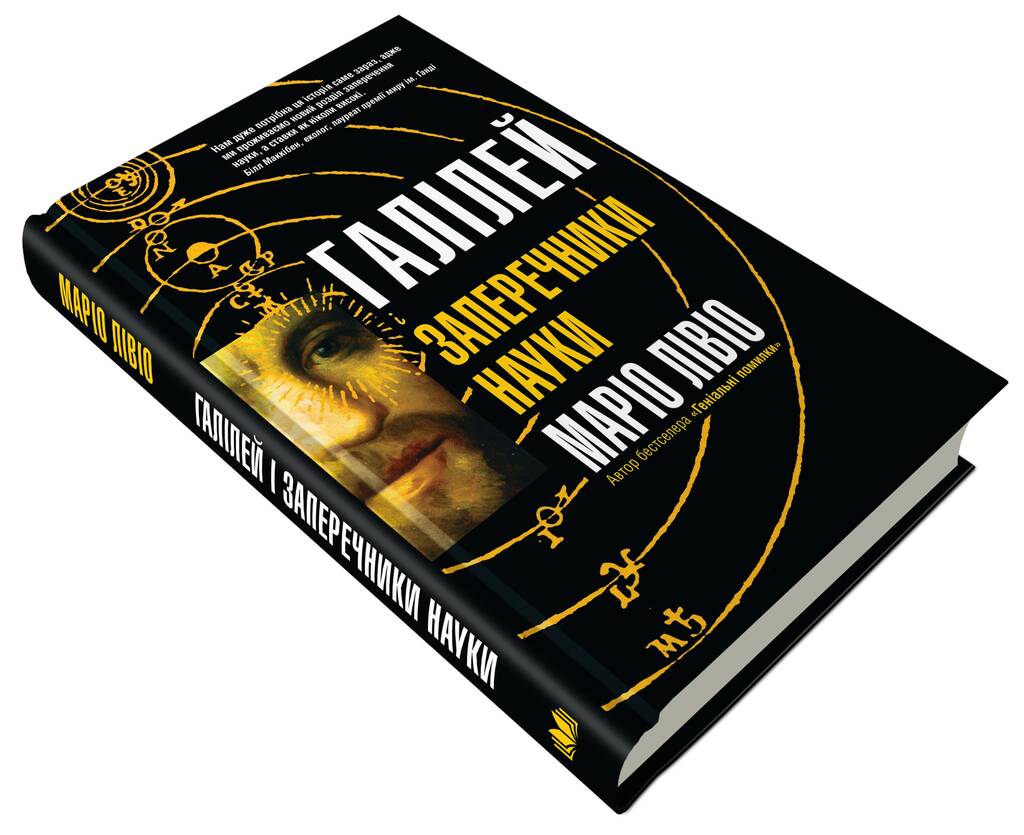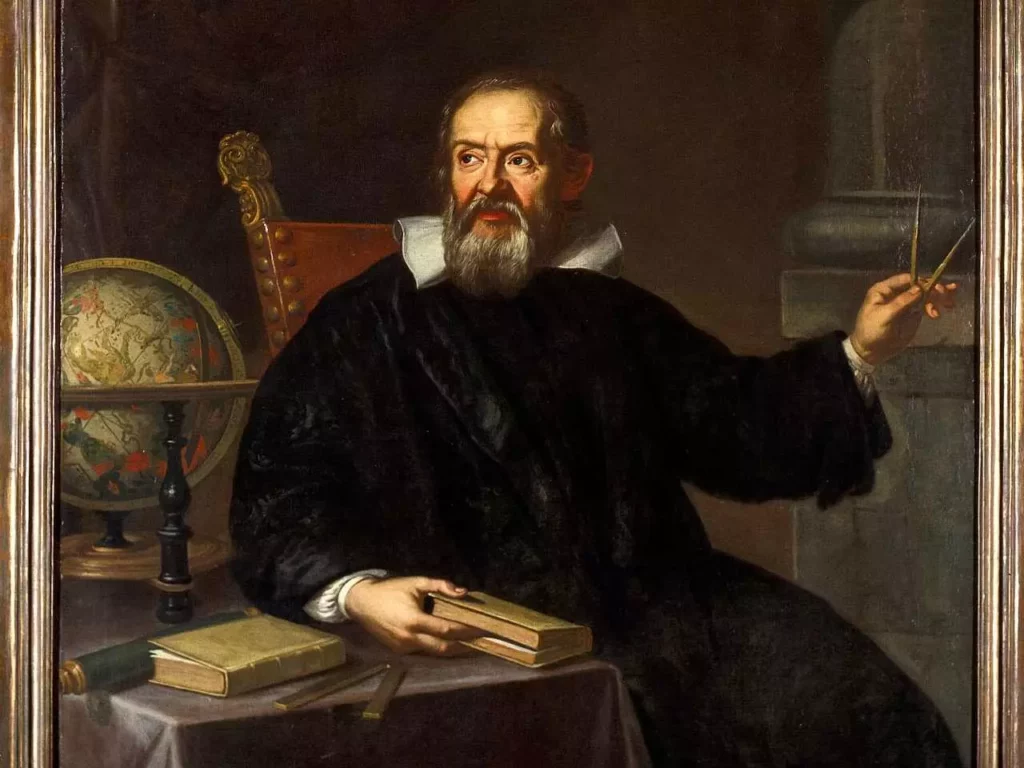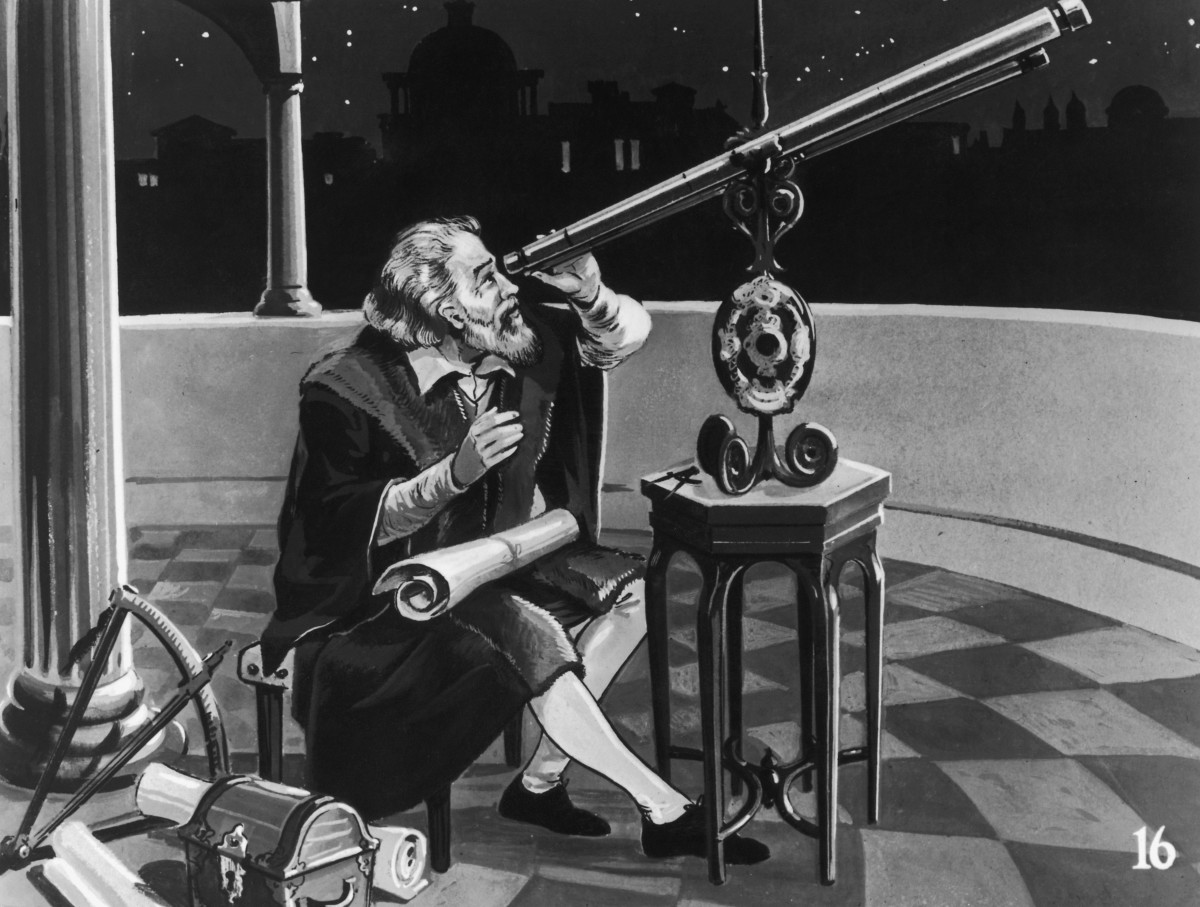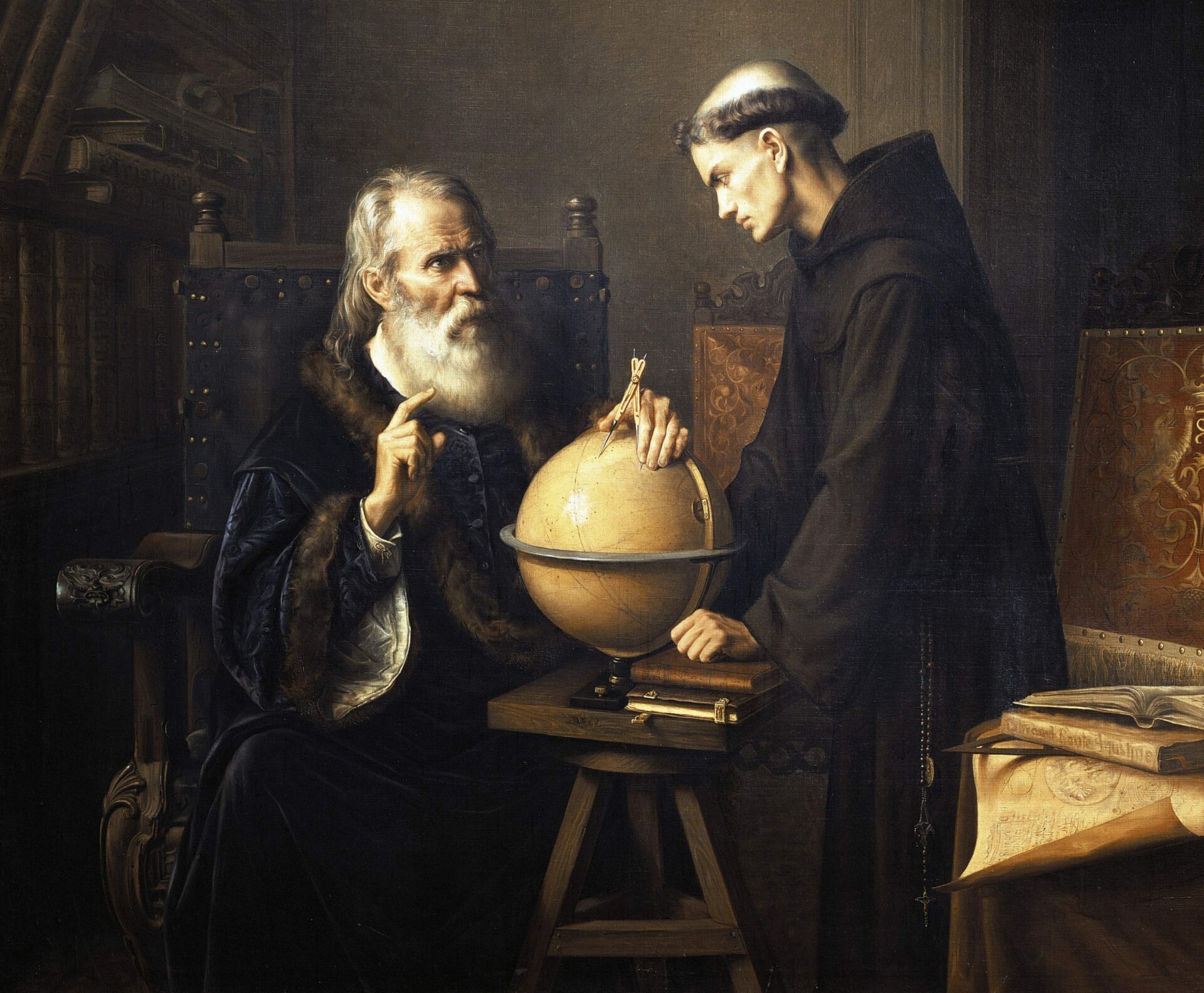Another book about Galileo, when there are already many wonderful biographies and studies of his work? This is the question the author asks himself at the beginning of the story. Indeed, the “Galileo affair” has been well studied for 400 years, but Mario Livio tried to look at this topic from a different angle — from the position of a professional astrophysicist. And he succeeded.

Family, Leaning Tower experiment and Telescope
Galileo Galilei (1564 — 1642) was born in Pisa, Italy, into the family of a well-born but impoverished nobleman, music theorist and lutenist Vincenzo Galilei. There were six children in the family, of whom four survived: the eldest son Galileo, daughters Virginia and Livia, and the youngest son Michelangelo, who became famous as a lutenist composer.
Galileo studied medicine at the University of Pisa, but left the course for mathematics, his abiding passion. The Universe, he said, is written in the language of mathematics.
In Pisa, Galileo delved into mechanics, using his observations to question generally accepted ideas about motion. Livio reminds us that Galileo probably never conducted the famous experiment during which he allegedly dropped balls from the Leaning Tower of Pisa and found that they fell at the same speed regardless of their mass.

The death of his father in 1591 became an unbearable financial burden, since Galileo was the eldest son. He achieved and got a job at the University of Padua, where the salary was three times more. However, the financial costs of the young teacher have also increased. Two of his sisters got married, and the obligation to pay an exorbitant dowry for them fell on Galileo. Moreover, Virginia’s husband even threatened Galileo with prison if he did not pay the agreed amount. In order not to get bogged down in serious debts, the scientist was forced to give private lessons, rent his house to students, sell tools that he made in his workshop, and also make horoscopes.
Padua at that time was an intellectual liberal environment outside the jurisdiction of the pope. Here Galileo began to discuss the revolutionary theory proposed by the Polish mathematician Nicolaus Copernicus in 1543, according to which the Earth really is not the permanent center of the Universe, as Aristotle insisted, but revolves around the Sun. Such a theory was dangerous because it contradicted the dogmas of Holy Scripture. There is a passage in the Book of Joshua where, at the request of Jesus, the Lord commanded the Sun (and not the Earth) to linger over the ancient city of Gibeon.
While working in Padua, Galileo often visited the nearby port of Venice. There he learned the delights of nightlife — good wine and women. Galileo began a romantic relationship with Marina di Andrea Gamba, who later moved to Padua. The couple never married, but remained together for more than ten years and had two daughters, Virginia and Livia, who became nuns, and a son, Vincenzo. The author suggests that Galileo’s reluctance to enter into formal relationships was influenced by the fact that marriages in his inner circle were far from ideal. His brother Michelangelo believed that the need to financially help his sisters kept him from a traditional marriage.
In Venice, Galileo got acquainted with the rangefinder, a newfangled instrument from Holland, with which it was possible to see the approach of ships. Galileo turned it to the sky to make discoveries that changed the course of astronomy and his own destiny.

In his first observations, Galileo saw that the Moon is not a smooth ball, it is mountainous. This contradicted the church’s view that the sky was untouched and unchangeable, unlike the corrupted, sinful Earth. He also saw moons orbiting Jupiter, which refuted the geocentric argument that if the Earth moved, it would lose its Moon.
Conflict with the Church, renunciation and recognition
In 1610, against the advice of his friends and in pursuit of extra money, Galileo left Padua and moved to Florence to work for Cosimo II de’ Medici, Grand Duke of Tuscany. Now he was living in the pope’s sphere of influence. But this did not prevent Galileo from publishing his book “The Dialogue Concerning the Two Chief World Systems”, an imaginary discussion between three interlocutors: Salviati, a supporter of heliocentrism, Sagredo, an educated layman who tries to wisely judge two different views, and Simplicio, a senseless geocentricist.
“Dialog” is one of the most fascinating scientific texts in history. It has conflict and drama, but also philosophy, humor, cynicism and poetic use of language. And although the work received permission for publication, later the church annulled it, and the Holy Inquisition brought Galileo suspicion of heresy.
The author describes the trial of Galileo as a fascinating and dramatic story. Because of the threats of torture and the death penalty, Galileo accepted an agreement with the investigation. On June 22, 1633, one of the most respected scientists in the world knelt before the court, renouncing the errors and heresies inherent in Copernicanism. The Church took pity, given the age and poor health of the defendant, the prison sentence was changed to lifelong house arrest. There is a version that Galileo left the court, boldly muttering “and yet it moves.” However, Livio doubts this.

Physically, the last years of Galileo’s life were difficult. He went blind, and began to wither quickly. Modern medical researchers express the opinion that he suffered from rheumatoid arthritis. Galileo died on January 8, 1642.
In the 30s of the twentieth century, the Pontifical Academy made the first attempts to write an objective biography of Galileo, but they did not come to a consensus on the views of the scientist. In 1980, Pope John Paul II called for a new study on the Galileo affair. The Vatican Commission issued its final report on October 31, 1992. In announcing the report, the pope admitted that Galileo, a sincere believer, turned out to be more prescient in the question of the relationship between Holy Scripture and science than his theologian opponents. “Most theologians do not feel the formal difference that exists between the Holy Scripture and its interpretation, and this has led to the fact that they have unlawfully introduced into the field of religious doctrine a question that actually belongs to the field of scientific research,” John Paul II noted. The Church has recognized what Galileo propagandized three centuries ago.
With this presentation, the church essentially announced that the Galileo affair was closed. The New York Times reported: “After 350 years, the Vatican said Galileo was right: it’s rotating.”
Follow us on Twitter to get the most interesting space news in time
https://twitter.com/ust_magazine
